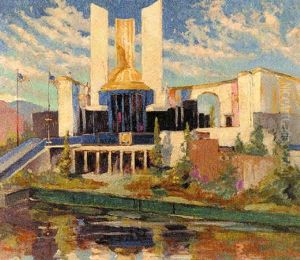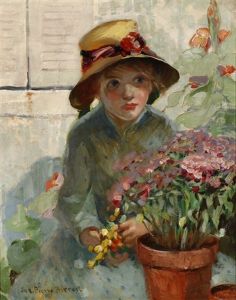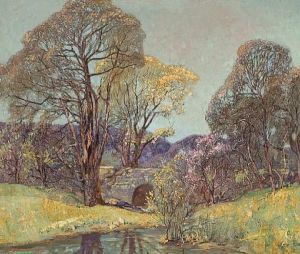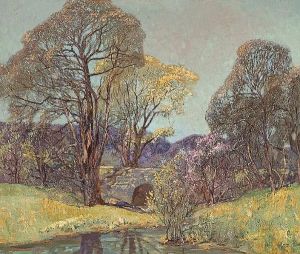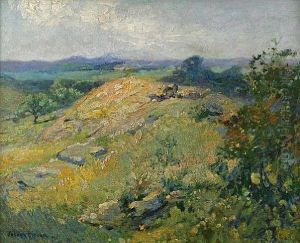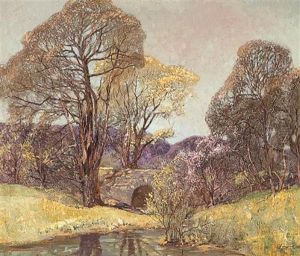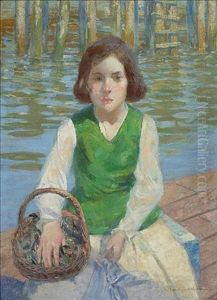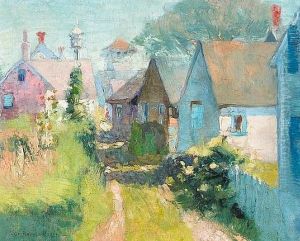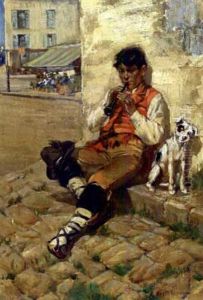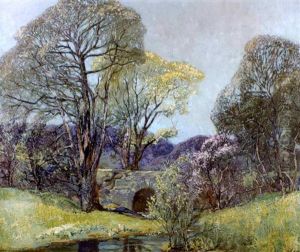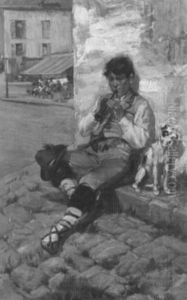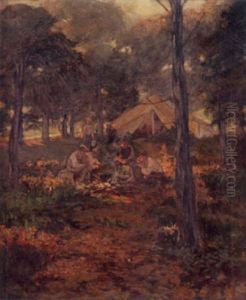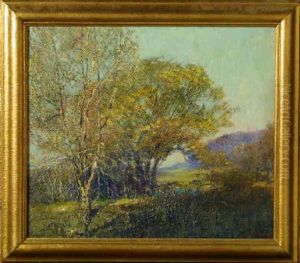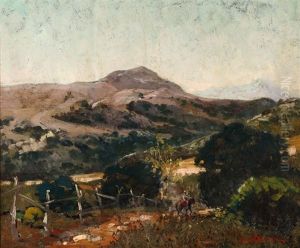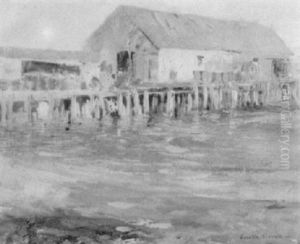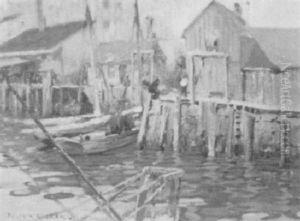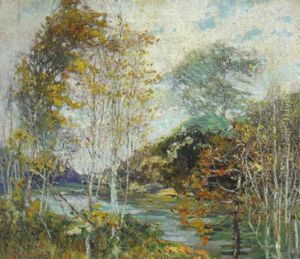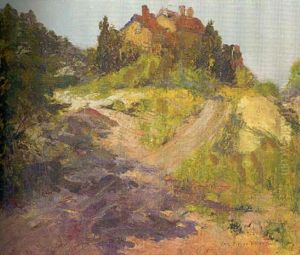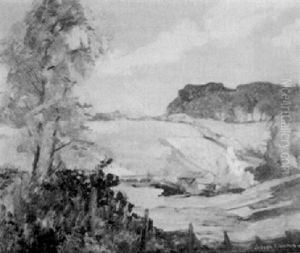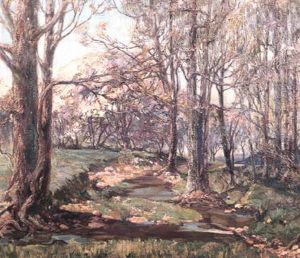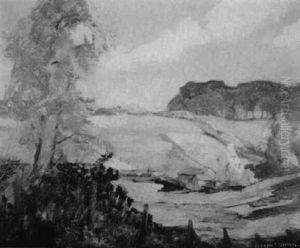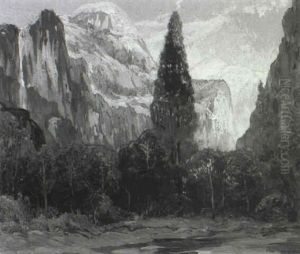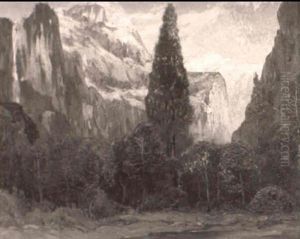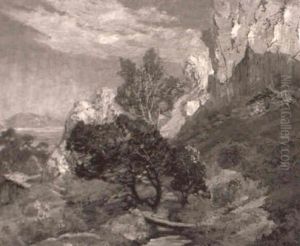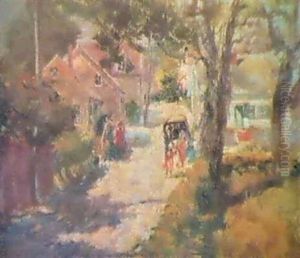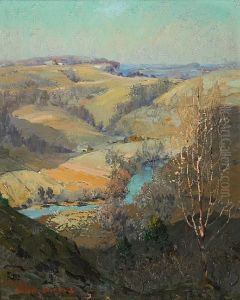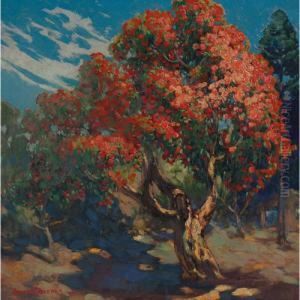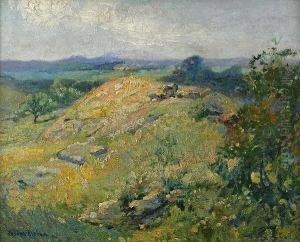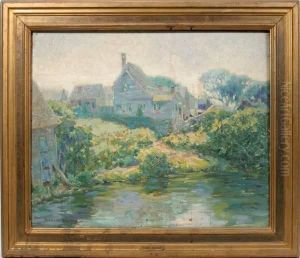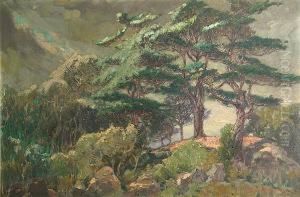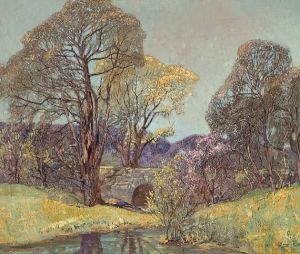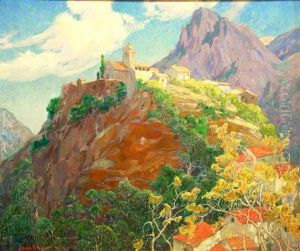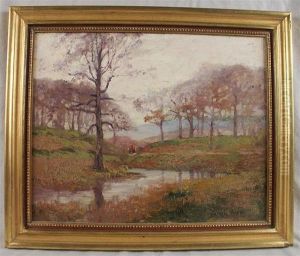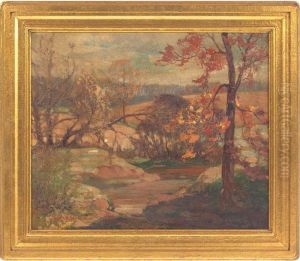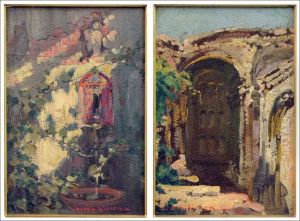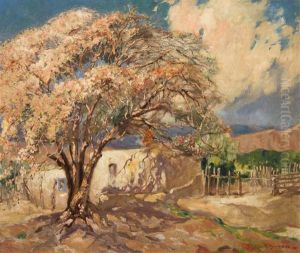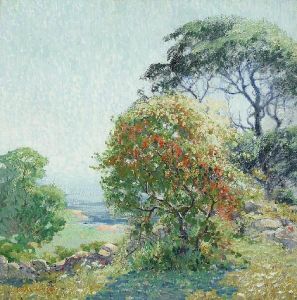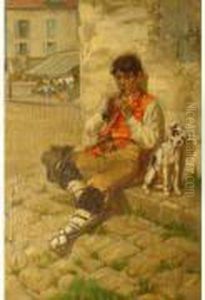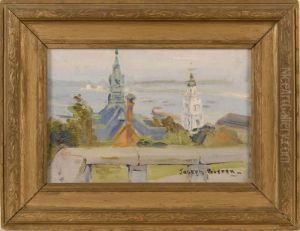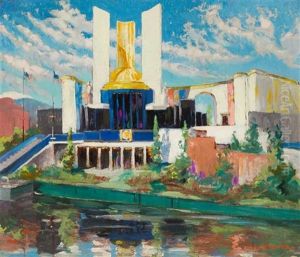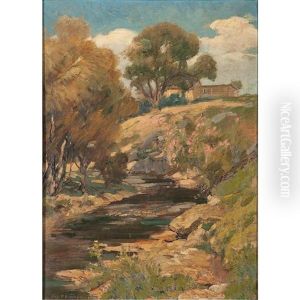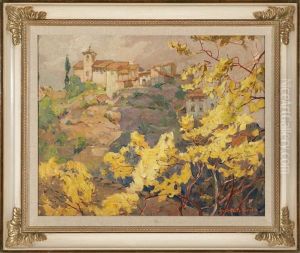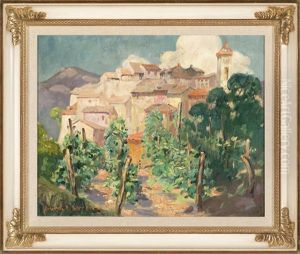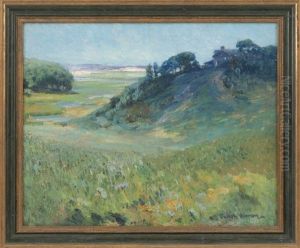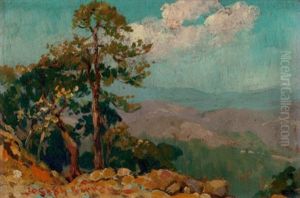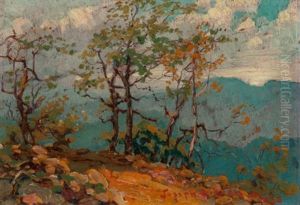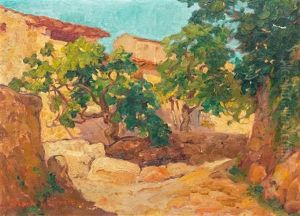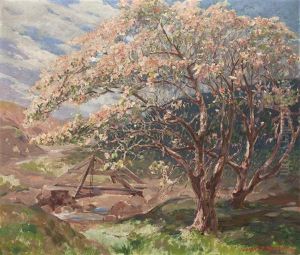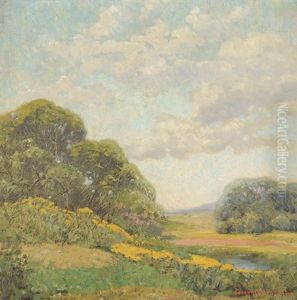Joseph Pierre Birren Paintings
Joseph Pierre Birren was an American artist, known primarily for his contributions to the field of color theory and his work as a landscape and portrait painter. Born in Chicago, Illinois, in 1884, Birren demonstrated an early interest in art, which was nurtured through his education at the Art Institute of Chicago. His talent and dedication to his craft were evident from a young age, and he quickly established himself within the local art community.
After completing his studies in Chicago, Birren traveled to Europe to further his education and experience the vibrant art scenes of the early 20th century. He spent significant time in France, where he was influenced by the Impressionist and Post-Impressionist movements, incorporating their innovative approaches to color and light into his own work. This period was crucial in shaping his artistic style and philosophy, particularly his interest in the psychological and emotional effects of color on the viewer.
Upon returning to the United States, Birren continued to evolve his style and began to focus more on the theoretical aspects of color, which would become a defining element of his career. He wrote extensively on the subject, contributing articles to various art journals and publishing several books that explored the dynamics of color relationships and their application in art and design. His writings were influential in both artistic and academic circles, helping to bridge the gap between theory and practice in the use of color.
In addition to his theoretical work, Birren maintained a prolific career as a painter. His landscapes and portraits are characterized by their vibrant color palettes and emotive qualities, demonstrating his mastery of color to evoke mood and atmosphere. Despite his relatively early death in 1933, Birren's legacy as both an artist and a theorist has endured. His contributions to the understanding of color dynamics continue to be studied and applied in various fields, including art, design, and psychology, testament to his lasting impact on the visual arts.
